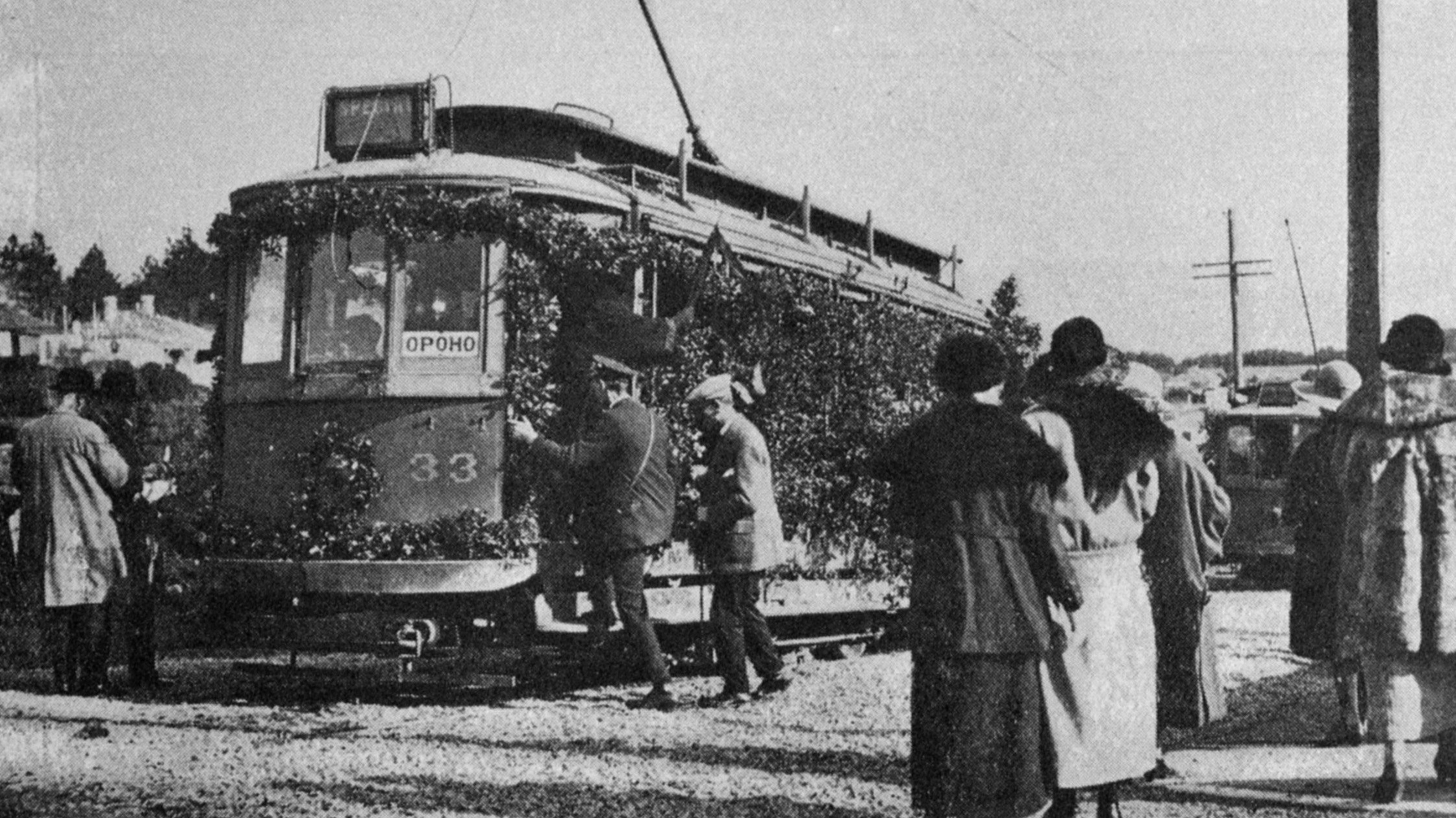

The first car, carrying the Mayor, the Mayoress and the official party, was driven through a blue ribbon by the Mayoress, in the presence of a great crowd, and then proceeded to the top of the hill, followed shortly after by another, adorned, like the first, with olearia. Immediately the ribbon was severed Mrs Tapley declared the line open. The Mayor then announced that he had received a telegram from Mr Furkert (Under-secretary for Public Works), stating that the Minister had received a satisfactory report as to the construction of the Opoho branch of the Dunedin electric tramways, and that it might be used for the purpose of traffic in accordance with the provisions of the Tramways Act. It is interesting to note that Motorman Lenz, who drove the first car on the Opoho line after it was opened to the public for traffic on Saturday, was also the driver of the first car after the city electric service was opened for traffic on December 24, 1903.
Tram may run at a loss
It is not officially anticipated that the line to Opoho will prove a profitable enterprise from the beginning. Indeed, the estimate is that it will entail a loss of about £2400 per annum. We are sanguine enough to believe that that estimate will be found to be extravagant. The extent to which the line will not prove profit-earning may be doubtful, and it will in any case be difficult to calculate the result with any degree of precision, since by virtue of its being a “feeder” the line will necessarily contribute to the earnings of the tramway system as a whole. It is clearly possible that the loss that may be held to be due to the operation of the line, if the fares collected on the route between the Botanic Gardens and the terminus at Opoho are to be a basis of the calculation, may be overstated. But it is not to be expected that tramway extensions should invariably yield a profit from the day on which they are opened for traffic. They achieve a useful purpose in encouraging settlement in the district.
— editorial
No epitaphs on soldiers’ graves
Mrs Martin, widow of Dr A.A. Martin, of Palmerston North, who was killed on the Somme in 1916, is reported as raising objections to the policy of vetoing the personal inscription on the headstones of soldiers killed in the war. She points out that the bereaved relatives of New Zealand soldiers who lie in the cemeteries of France are the only ones in the whole of the Empire who are not allowed the privilege. The official view of the matter was set out by Sir James Allen. “Had we allowed personal inscriptions on the headstones", said Sir James, “we should have had all the rich people making use of the privilege and the poor would not have been able to, a distinction we had no desire to encourage. So far as New Zealand is concerned, we have definitely decided not to permit personal inscriptions, and we are going to stick to it.’’
— ODT, 8.9.1924 (Compiled by Peter Dowden)











